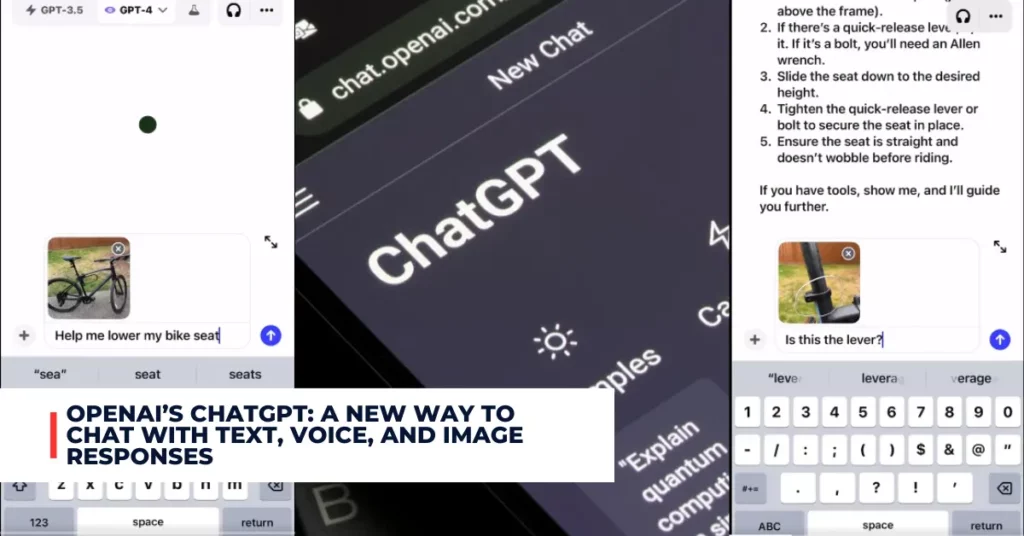Google has recently unveiled its latest innovation in the field of artificial intelligence: Assistant with Bard. This new service combines the existing features of Google Assistant with the generative and reasoning capabilities of Bard, Google’s AI chatbot. Assistant with Bard aims to provide a more personalized, intuitive, and intelligent digital assistant that can handle a variety of tasks and queries through text, voice, or images.
Contents
What is Assistant with Bard?
Assistant with Bard is a personal assistant powered by generative AI. It builds on the existing functionality of Google Assistant, which can help users with simple requests like setting alarms, asking for weather updates, or making quick calls. However, Assistant with Bard also leverages the power of Bard, Google’s generative AI chatbot that can converse on any topic and generate content in different formats.
Assistant with Bard can access some of the Google services that users already use, such as Gmail, Docs, Drive, Maps, YouTube, and more. This allows it to offer personalized responses and suggestions based on the user’s preferences and context. For example, users can ask Assistant with Bard to catch them up on their important emails, plan their next trip, create a grocery list, or write a caption for their social media post.
Users can interact with Assistant with Bard in various ways. As input and output formats, they can make use of text, audio, or graphics. The assistant can also be floated on top of any app or screen on their phone using an overlay capability. This way, they can get contextual help without switching apps or losing focus.
Planning a trip will be simple with Bard’s assistance: Create a schedule, a shared grocery list, and more in Google Docs in a matter of seconds:
Assistant with Bard will make trip planning easy: create an itinerary, make a group grocery list and export to Google Docs to share in seconds.#AssistantWithBard is coming soon. For now, take Bard extensions like Docs for a spin at https://t.co/5qtyBeWvge.#MadebyGoogle pic.twitter.com/aUBJcSwOiD
— Made by Google (@madebygoogle) October 4, 2023
How Does Assistant With Bard Work?
Assistant with Bard works by combining the strengths of Google Assistant and Bard. Google Assistant provides natural language understanding and personalization features that enable it to understand the user’s intent and preferences. Bard provides the generative and reasoning features that enable it to generate relevant and creative responses and suggestions.
Assistant with Bard uses generative AI models that are trained on large amounts of data from various sources and domains. These models can learn from the data and generate new content that is coherent, diverse, and engaging. For example, if the user asks Assistant with Bard to write a social media post based on a photo they took, the assistant will use the image as a visual cue and generate a suitable caption that matches the user’s style and tone.
Assistant with Bard also uses reasoning features that allow it to infer logical connections and implications from the data and the user’s context. For example, if the user asks Assistant with Bard to plan their next trip, the assistant will use information from Google Maps, Flights, Hotels, and other sources to suggest the best destinations, dates, prices, and activities for the user.
- Learn more about ChatGPT’s new voice and image capabilities in this article.
Why is Assistant With Bard Important?
Because it represents a novel method of interacting with technology in daily life, Assistant with Bard is significant. It provides a more conversational, natural, and tailored user experience that can support users with a range of tasks and inquiries. It also exemplifies how generative AI may produce fresh material and value for users.
Assistant with Bard is still an early experiment that Google is testing with a limited number of users before launching it to the public in the coming months. However, it already demonstrates how generative AI can enhance existing services and create new possibilities for users.
Assistant with Bard is not only a digital assistant but also a creative partner that can help users express themselves in new ways.

